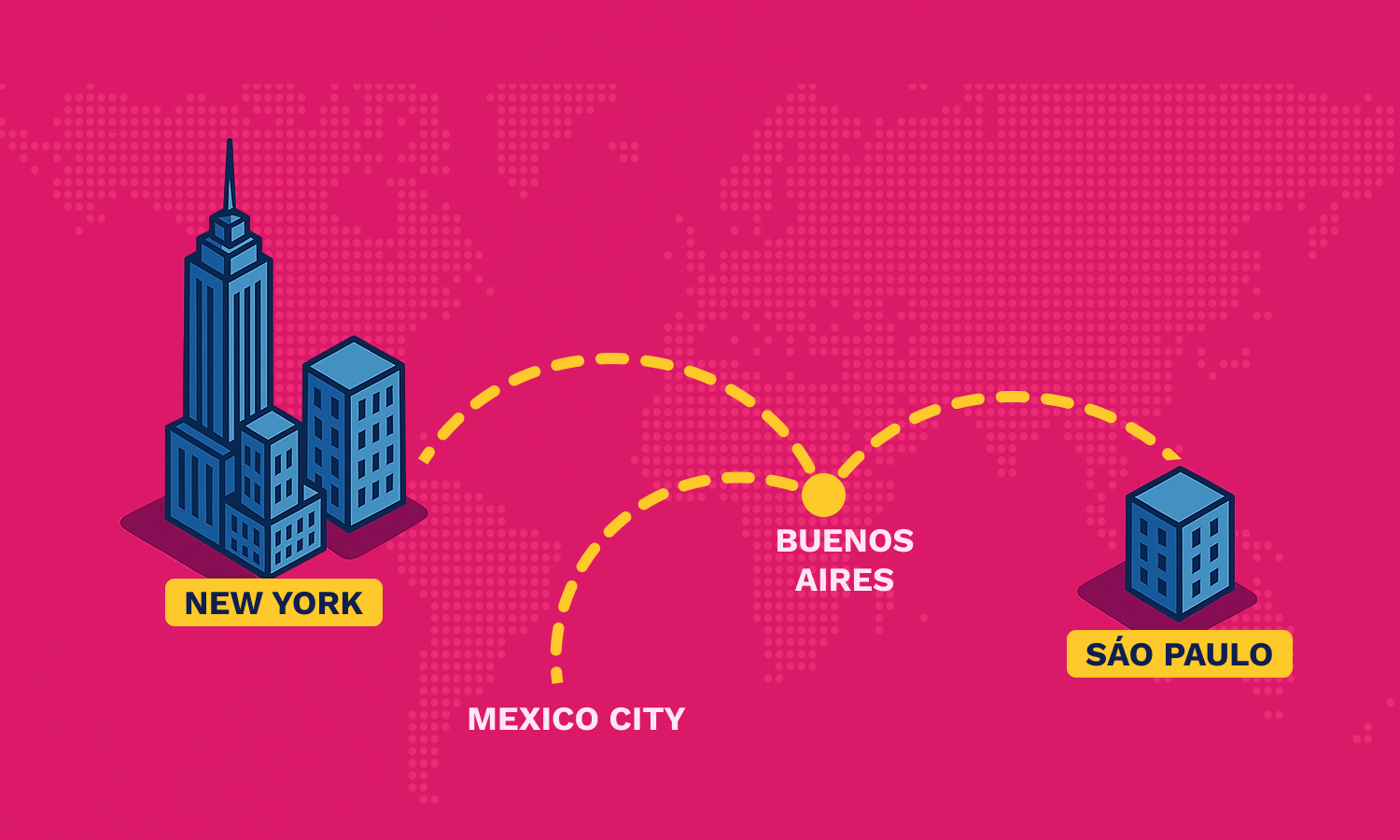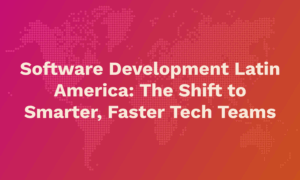Turning location choices into competitive advantage
Introduction
Two decades ago, most multinational firms treated geography as a cost spreadsheet. “Where can we hire the same skill for 40 % less?” was the dominant brief, and third-party outsourcers or build-operate-transfer (BOT) vendors gladly supplied the headcount. That calculus has changed. In a world of 24-hour customer expectations, tightening IP laws, and AI-driven product cycles, executives ask a sharper question: “Where should core work live so we can move faster and own the outcome?”
The answer many now choose is the Global Capability Center (GCC). A recent LinkedIn analysis by Zinnov compares the three classic offshoring models—Outsourcing, BOT, and GCC—and shows why corporations are shifting decisively to the GCC playbook. Unlike vendor-run outsourcing or time-bound BOT deals, GCCs are wholly owned satellites that give the parent company immediate control of talent, data, and culture while still tapping location-based advantages. (linkedin.com)
Below, we unpack how this move from outsourcing to location ownership is reshaping global operations, outline the core ingredients of an effective GCC network, and provide a how-to roadmap for leaders about to redraw their own talent map.
1. From Cost Arbitrage to Strategic Ownership
Think of classic outsourcing as plumbing: pipes that channel work to a lower-cost provider. It saves money but rarely changes the game. GCCs, by contrast, are strategic hubs designed to accelerate product cycles, protect intellectual property, and embed enterprise culture in every customer touch. Zinnov’s research highlights three drivers behind the pivot:
- Control of critical IP and data. Regulations such as GDPR and India’s DPDP Act make data residency a board-level concern. A GCC keeps sensitive assets inside the parent entity’s boundary from day one, reducing compliance risk. (linkedin.com)
- Speed of innovation. When design, engineering, and analytics report to the same P&L, approvals shrink from weeks to hours—outpacing vendor ticket queues.
- Culture and engagement. GCC staff fly the corporate flag, not a supplier’s. Engagement scores and retention consistently out-perform vendor sites, according to Zinnov. (linkedin.com)
Follow-the-Sun Execution: Turning Time Zones into a Relay Race
Location services are not just about cheaper minutes; they are about continuous motion. By chaining centers twelve hours apart, firms create a work relay:
- Design in New York → Build in Bangalore → Test in Mexico City
- Daily stand-ups happen twice: once in the morning for Asia, once in the afternoon for the Americas.
- Urgent defects move through the line with near-zero idle time.
This “around-the-clock” cadence, long used in DevOps, now powers marketing, customer support, and product analytics as well. Zinnov projects that mid-market firms will spin up 100–300-person teams in India and Latin America precisely to harness this rhythm. (linkedin.com)
Proof in the Metrics
Enterprises that trade vendor contracts for GCC ownership report concrete gains:
- Launch cycles 40-60 % faster. No vendor change requests; approvals stay in-house.
- Innovation velocity up 2×. AI pilots and new product features iterate inside the GCC without external NDA friction.
- Net savings hold steady at 20-35 %. Location salaries remain lower, but value comes from opportunity cost avoided—missed launches, delayed patents, lost customers.
Even BOT 2.0 models—where a partner builds and later transfers the center—now focus less
on cost and more on access to scarce AI and cybersecurity talent, according to a Deloitte CIO
report. (deloitte.wsj.com)
The Emerging Frontier: LatAm, Tier-2 Cities, and AI Centers of Excellence
While India remains dominant, companies are widening their aperture:
- Latin America for bilingual support and near-time overlap with the U.S. Mexico City and Bogotá head the shortlist for digital engineering GCCs.
- Tier-2 Indian cities for retention and cost balance. For example, Ahmedabad’s attrition is ~9 % lower than Bangalore’s in fintech roles.
- AI and GenAI Centers of Excellence. Firms now carve out focused pods inside existing GCCs to drive LLM experimentation—leveraging local data scientists but central
governance.
These trends underscore a new reality: location decisions are iterative, not set-and-forget.
Enterprises layer new hubs to access fresh talent without diluting governance or culture.
Conclusion
The old outsourcing paradigm asked, “How cheap can we get this done?” The new
location-services playbook asks, “Where can we build an engine that keeps our IP safe, our
teams engaged, and our products ahead of the curve?” Global Capability Centers are the
structural answer—combining the reach of offshoring with the control of an owned entity.





